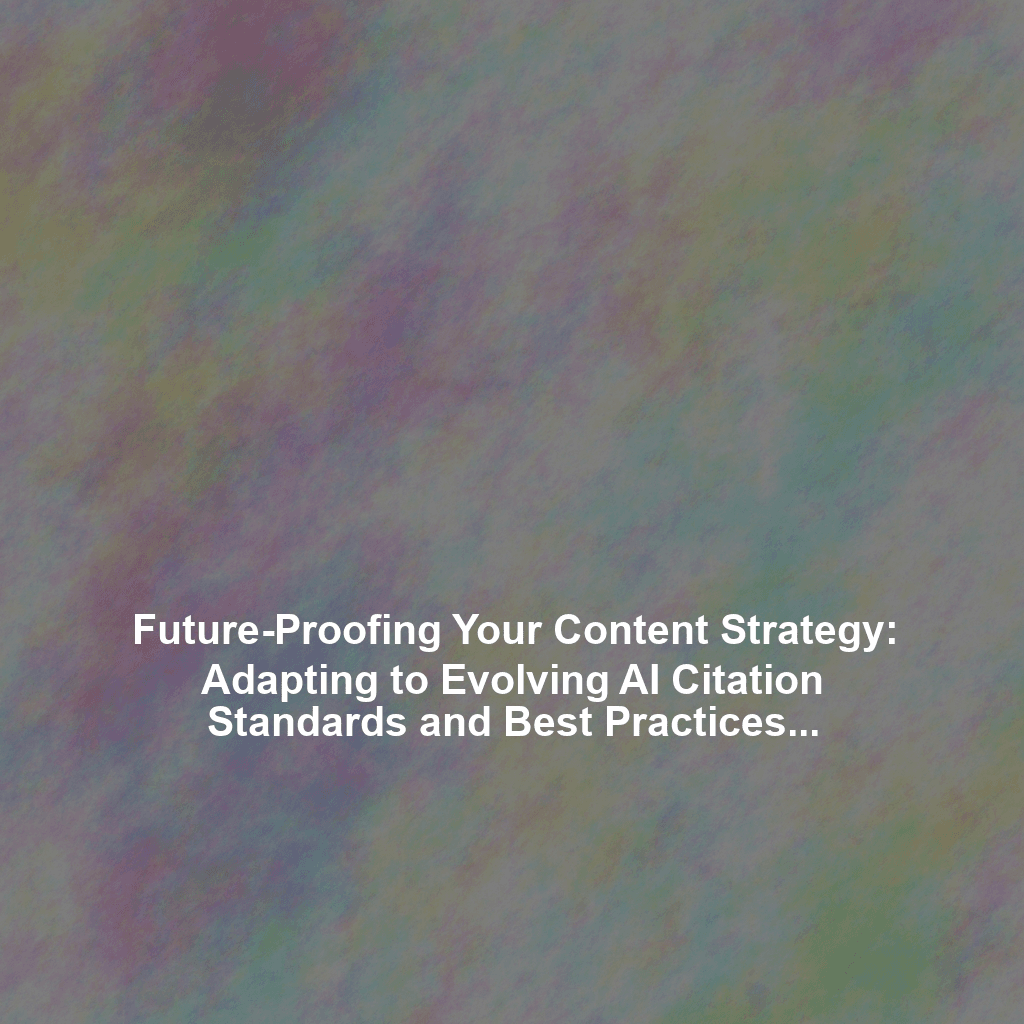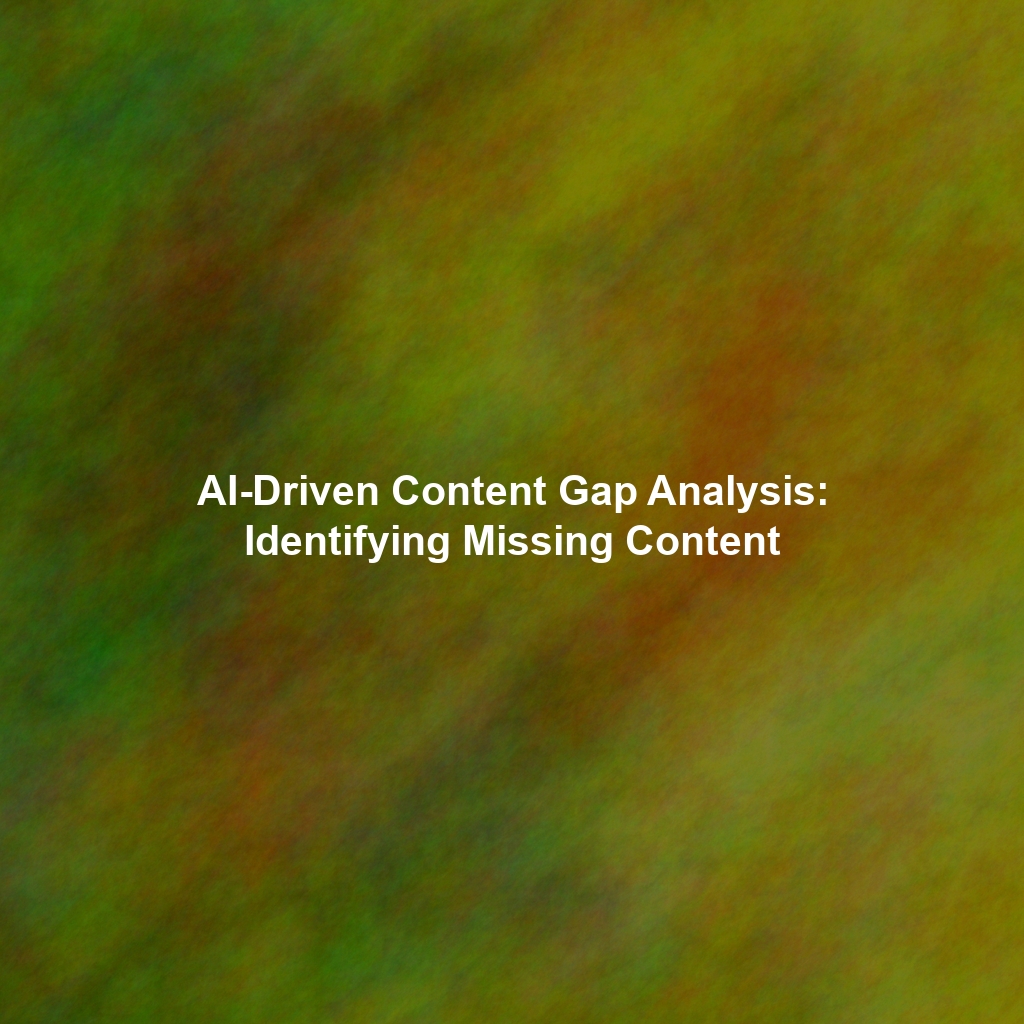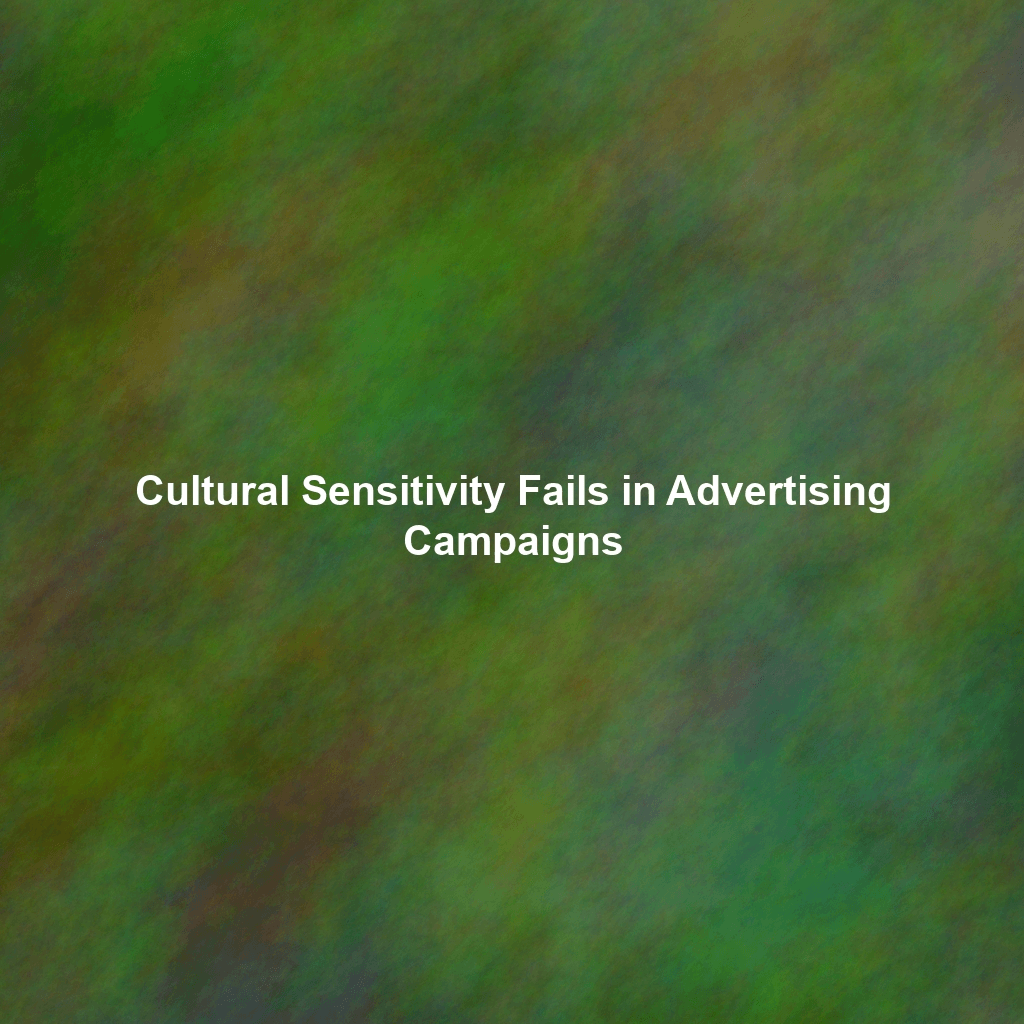The rapid advancement of artificial intelligence (AI) is transforming content creation at an unprecedented pace. As AI tools become increasingly sophisticated, generating everything from blog posts to marketing copy, a crucial question arises: how do we properly attribute and manage the sources used by these AI systems? Transparency and ethical considerations demand that we adapt our content strategies to embrace evolving AI citation standards. This article will explore the current landscape, emerging guidelines, and future trends in AI content attribution, offering practical advice for staying compliant and maintaining integrity in this new era of content creation.
The Evolving Landscape of AI Citation Standards
Currently, there isn’t a universally accepted standard for citing AI-generated content. This nascent stage presents both challenges and opportunities. On one hand, the lack of a clear framework can lead to confusion and inconsistent practices. On the other, it allows us to shape the future of AI citation in a way that promotes transparency and accountability.
Several factors contribute to the complexity of establishing these standards:
- Diversity of AI Models: Different AI models operate using diverse algorithms and datasets. A one-size-fits-all citation method may not be suitable for all AI-generated content.
- Opacity of AI Processes: The “black box” nature of some AI models makes it difficult to pinpoint the exact sources that influenced the generated output.
- Ownership and Copyright: Questions surrounding the copyright of AI-generated content remain unresolved, further complicating citation practices.
Current Approaches to AI Content Attribution
While formal standards are still emerging, several approaches are currently being used to attribute AI-generated content:
- Disclosing AI Involvement: Simply stating that AI was used in the creation of the content is a fundamental step. This can be done in a disclaimer or a footnote.
- Naming the AI Model: Identifying the specific AI model used (e.g., GPT-4, Gemini) provides valuable context.
- Listing Input Prompts: Including the prompts used to generate the content can help readers understand the AI’s role and potential biases.
- Attributing Underlying Data Sources: If the AI model relies on specific datasets, attributing these sources is crucial for transparency. This is especially important when the AI is trained on proprietary or licensed data.
- Human Review and Editing: Acknowledging the role of human editors in reviewing and modifying the AI-generated output highlights the collaborative nature of the content creation process.
Emerging Guidelines and Frameworks
Several organizations and initiatives are actively working to develop guidelines and frameworks for AI content attribution. These efforts aim to provide a more structured and consistent approach to citing AI-generated content.
The Role of Professional Organizations
Professional organizations in fields like journalism, academia, and law are grappling with the ethical and practical implications of AI in content creation. They are developing internal guidelines and recommendations for their members on how to properly attribute AI-generated content.
The Development of Technical Solutions
Researchers and developers are exploring technical solutions to automate and improve AI content attribution. These solutions include:
- Watermarking AI-Generated Content: Embedding digital watermarks in AI-generated content can help identify its origin and track its usage.
- Provenance Tracking: Implementing systems that track the lineage of AI-generated content, from its creation to its dissemination.
- AI Citation Tools: Developing tools that automatically generate citations for AI-generated content based on predefined standards.
Ethical Considerations in AI Citation
Ethical considerations are paramount in AI content attribution. Failing to properly attribute AI-generated content can lead to plagiarism, misinformation, and a lack of accountability. It is crucial to:
- Avoid Misleading Readers: Be transparent about the role of AI in the content creation process.
- Acknowledge Limitations: Recognize the limitations of AI and the potential for errors or biases in the generated output.
- Promote Fairness and Accuracy: Strive to ensure that AI-generated content is fair, accurate, and does not perpetuate harmful stereotypes.
Predicting Future Trends in AI Citation
The field of AI content attribution is rapidly evolving, and several trends are likely to shape its future:
- Standardization: The emergence of widely accepted standards for citing AI-generated content.
- Automation: Increased automation of the citation process through AI-powered tools.
- Regulation: Potential government regulations regarding the use of AI in content creation and the need for transparency.
- Increased Scrutiny: Heightened scrutiny of AI-generated content by both human readers and automated systems.
Adapting Your Content Strategy for Compliance
To future-proof your content strategy and remain compliant with evolving AI citation standards, consider the following:
- Develop a Clear AI Policy: Establish a written policy outlining your organization’s approach to using AI in content creation and attribution.
- Train Your Team: Educate your team on the ethical and practical aspects of AI content attribution.
- Implement a Citation Workflow: Develop a standardized workflow for citing AI-generated content.
- Stay Informed: Keep abreast of the latest developments in AI citation standards and best practices.
- Invest in AI Citation Tools: Explore and implement AI citation tools to streamline the attribution process.
- Prioritize Transparency: Make transparency a core value in your content creation process.
Conclusion
The rise of AI in content creation presents both exciting opportunities and significant challenges. By embracing transparency, adapting our content strategies, and staying informed about evolving AI citation standards, we can ensure that AI is used responsibly and ethically. Future-proofing your content strategy requires a proactive approach, prioritizing clear policies, ongoing education, and the implementation of robust citation workflows. As AI continues to evolve, so too must our commitment to accountability and integrity in the content we create.
 Skip to content
Skip to content

